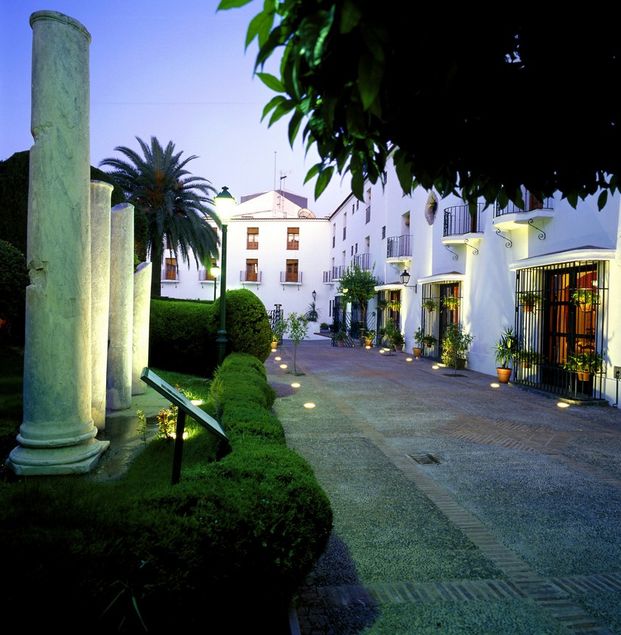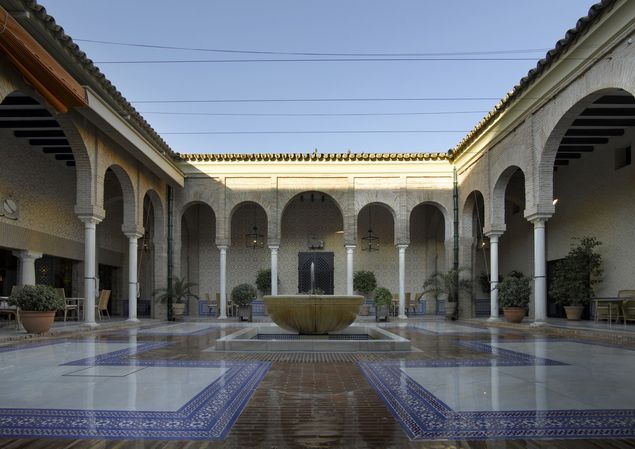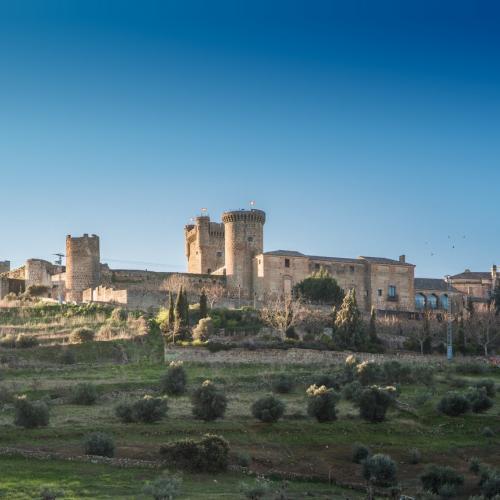Long before Spain became known as the land of bullfighting and flamenco, it was the proud Roman province of Hispania. Evidence of this past is well preserved throughout the country, and many of Paradores luxury hotels in Spain are located near Roman ruins.
The Roman's first came to Spain during the 2nd century B.C., when they captured trading colonies along the Mediterranean coast. Within two centuries, they controlled all of the Iberian Peninsula, and would dominate the area for the next 600 years, Romanising the already-present Celtic and Iberian people. To facilitate troop and supply movements, ancient Roman engineers built paved roads and bridges across the country, many of which still exist and are used today.
For entertainment, they built amphitheatres; for hygiene, they constructed baths; for commerce, they even came up with their equivalent of shopping malls-forums that featured galleries of shops around a central plaza.
At the height of the Roman Empire, Hispania was a bustling and wealthy community. But the period of Roman splendour in Spain came to an end with the empire's gradual decline, the Barbarian invasions of the 5th and 6th centuries, and the Muslim conquest of Spain in 711.
Ancient bridges, modern pedestrians
Despite the many centuries that have gone by, signs of Roman rule still abound throughout Spain. Originally known as Emerita Augusta, the modern city of Mérida was once one of the most important cities of the empire, and today features one of the finest archaeological remains of the period - its Roman bridge over the Guadiana River. This bridge is the longest of all the bridges that still remain from the period, and nearly 2,000 years after it was built, it is still used by pedestrians.
The city's crowning monument, however, is its Roman theatre, which dates back to 15 B.C. Carefully restored during the 20th century, it has been the home of the city's Festival of Classical Theatre since 1933, welcoming some of Spain's finest actors each summer. You can fully enjoy the city from Parador Mérida, an 18th century convent built over a Roman temple, which boasts a garden with archaeological ruins incorporated into its design.

Parador Merida
New Parador, old history
Further south lies the ancient city of Italica near the modern-day village of Santiponce. Once a key Roman colony, this was the birthplace of the Emperors Trajan and Hadrian, today remembered as two important figures in Roman history. It was an extremely wealth city, and its Roman amphitheatre, which survives today, had a seating capacity of 25,000, making it the third largest in the Roman Empire. Rediscovered in 1781, its excavation continues, and visitors can explore the ruins for themselves, or view statues recovered from the site in Seville's Archaeological Museum. Take it in from the former Roman stronghold of Carmona at Parador Carmona, set within an ancient Muslim fortress that overlooks the surrounding Spanish countryside.

Parador Carmona
To the east is Parador Lorca, a new building that has incorporated the remnants of an ancient synagogue and the remains of Islamic-Caliphate buildings from the 10th century into its construction. Use it as your base to explore the ruins of Eliocroca, the Roman city over which Lorca is built, and a key stop on the ancient Via Augusta road. While much of its Roman heritage was wiped away by the Moors during their 500-year rule over this area, the city's Archaeological Museum preserves numerous remains from its Imperial past, including columns dating back to the age of Augustus and period mosaics featuring the goddess Venus.
Want to learn more? Contact Paradores today.

